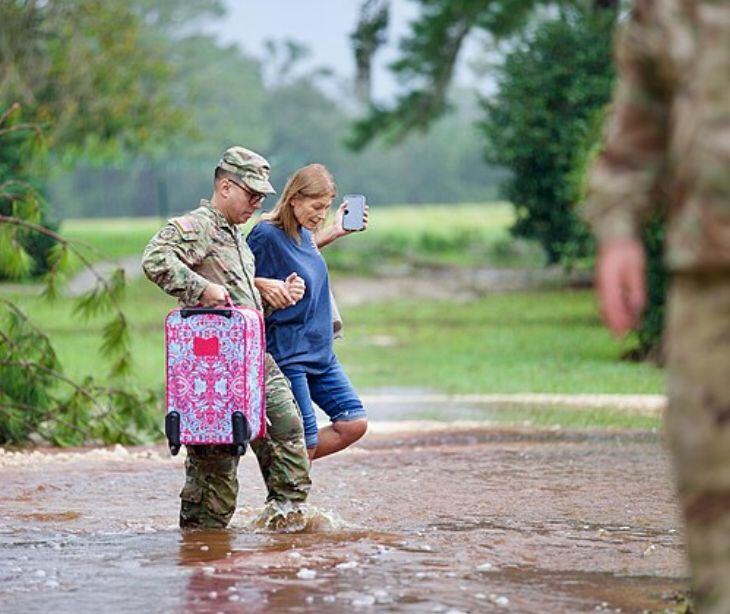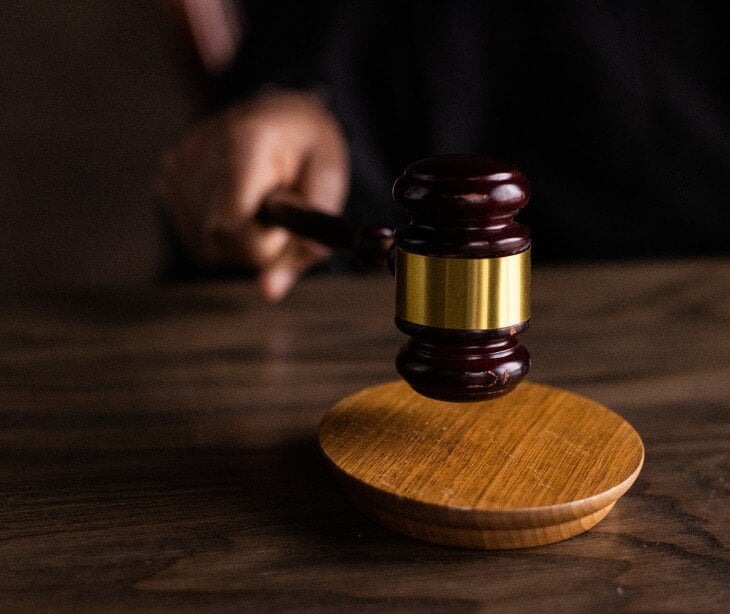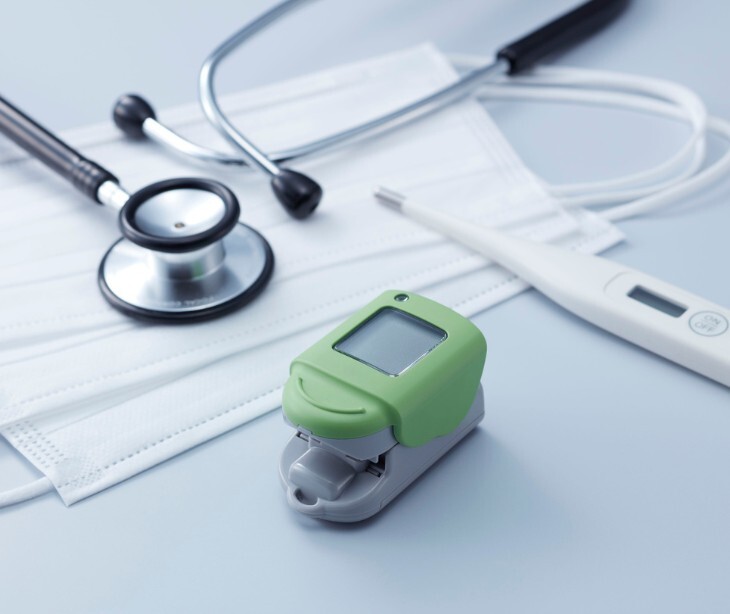2 min read
HHS declares Public Health Emergency in wake of Tropical Storm Debby
Kirsten Peremore
Aug 12, 2024 5:21:01 PM

The U.S. Department of Health and Human Services announced a Public Health Emergency for areas affected by Tropical Storm Debby to aid in swift healthcare delivery and support to those impacted by the storm.
What happened
Secretary Xavier Becerra of the U.S. Department of Health and Human Services declared Public Health Emergencies for Florida, Georgia, and South Carolina due to the Tropical Storm Debby. These declarations allow healthcare providers and suppliers more flexibility to meet the urgent health needs of Medicare and Medicaid beneficiaries during the storm.
In South Carolina, about 50 medical providers and disaster management experts are ready to help. They come from the National Disaster Medical System and are set up to quickly support local hospitals and health care facilities. This team can assess healthcare facilities, provide care in overwhelmed communities, evacuate patients, and offer other needed support.
See also: What is a public health emergency?
The need for government intervention in natural disasters
Tropical Storm Debby is a powerful storm that recently swept through parts of the southeastern United States, including North Carolina. It brought heavy rainfall, strong winds, and even spawned several tornadoes, causing significant damage to properties and landscapes. Debby initially made landfall as a hurricane in Florida before weakening to a tropical storm as it moved northward.
Government intervention during natural disasters like Tropical Storm Debby helps to manage and mitigate their impact effectively. Governments have the authority to mobilize emergency services, including deploying rescue teams and providing immediate relief to those affected. The intervention ensures public safety, restores utilities, and clears debris to prevent further accidents or disruptions.
After the immediate danger has passed, government agencies assist in recovery and rebuilding efforts, often providing financial aid and other resources to help communities return to normal. Support assists in repairing infrastructure, helping businesses recover, and supporting individuals and families affected by the disaster.
What was said
In the HHS press release Assistant Secretary for Preparedness and Response Dawn O’Connell, “The dangerous storm surge, strong winds, and rain that Tropical Storm Debby is bringing to the southeast U.S. can have serious impacts on health care delivery. ASPR’s highly trained personnel are prepared to help ease the burden on local health systems during this difficult time.”
The bigger picture
A Public Health Emergency allows government entities to quickly allocate resources, deploy medical personnel, and utilize emergency funds typically restricted under normal conditions. In this case the Public Health Emergency grants hospitals and healthcare professionals the flexibility to establish temporary medical facilities, distribute supplies, and provide enhanced care to those impacted. The primary goal is to save lives and prevent the stunting of services under crisis conditions.
See also: HIPAA Compliant Email: The Definitive Guide
FAQs
What is a public health emergency?
A public health emergency is a formal declaration by health authorities recognizing a crisis that significantly threatens public health and requires immediate action.
What is the role of the HHS?
The HHS is responsible for the protection of the health of all Americans and provides essential services.
How long does a public health emergency usually last?
A public health emergency typically lasts as long as the health threat persists, which can vary from a few days to several months, depending on the severity of the situation.




